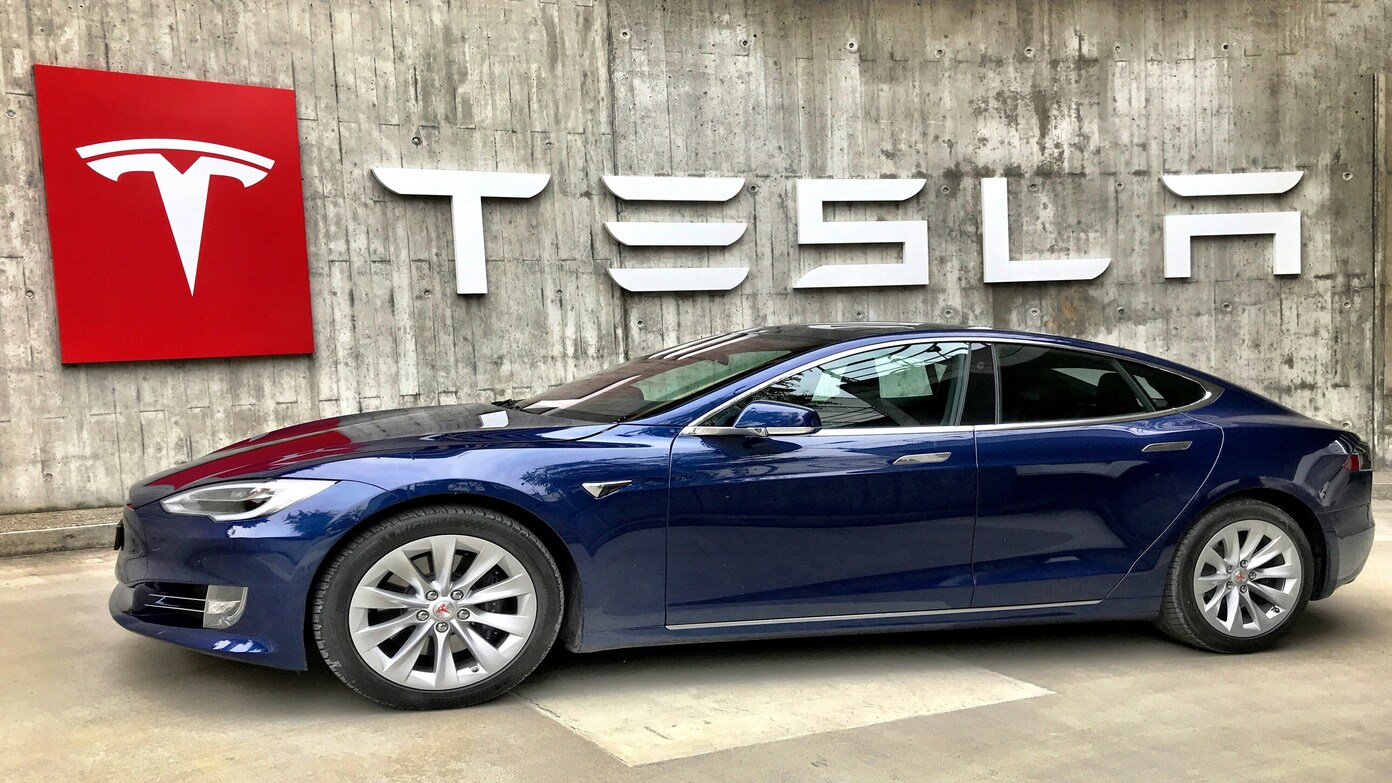Elon Musk became CEO of Tesla in 2008, when the company was still a small player with ambitious ideas. At the time, electric vehicles (EVs) were considered impractical, and few believed they could compete with traditional gasoline-powered cars. Fast forward to today, and Tesla has not only transformed the auto industry but has also made a significant impact on the stock market.
Today, Tesla stands among the most valuable companies in the world, pioneering advancements in EV technology, energy solutions, artificial intelligence, and robotics. But what if you had invested in Tesla when Musk took over? Let’s explore just how much your investment could have grown.
Tesla’s stock price: Then vs. Now
Tesla went public on June 29, 2010, at an initial public offering (IPO) price of $17 per share. After adjusting for stock splits, this equates to approximately $1.13 per share. At the time of writing, Tesla’s stock is trading at $302.80, reflecting an astonishing increase of over 26,700%.
To put this into perspective, a $1,000 investment in Tesla at its IPO price would now be worth approximately $267,000. This incredible return far surpasses traditional index funds or even well-established blue-chip stocks, underscoring Tesla’s rapid growth and its revolutionary impact on the auto industry.
How Tesla became a market leader
Several key factors have contributed to Tesla’s extraordinary rise:
Cutting-edge EV technology
Tesla has consistently pushed the boundaries of EV technology, producing high-performance, long-range vehicles that defy traditional perceptions of electric cars. According to Car and Driver, the Tesla Model S can accelerate from 0 to 60 mph in just 2.4 seconds, demonstrating the company’s focus on speed and performance.
Global expansion and gigafactories
To meet rising demand, Tesla has expanded its production capabilities through Gigafactories worldwide. InsideEVs reports that Tesla’s total installed manufacturing capacity now exceeds 2.35 million vehicles annually, with production facilities in the United States, China, and Germany contributing to this output.
Government incentives and EV adoption
Many governments have implemented tax credits and subsidies to encourage clean energy adoption. These incentives have played a crucial role in accelerating EV sales and directly boosting Tesla’s revenue and market presence.
Battery technology advancements
Tesla’s ongoing innovations in battery technology give it a significant advantage over traditional automakers. According to InnovativeAutomation.com, Tesla’s vehicles achieve up to 93% efficiency, compared to internal combustion engine (ICE) vehicles, which only reach about 30-35% efficiency (as per AAA data). This technological edge has helped Tesla stay ahead in the EV market.
Strong brand and loyal customer base
Tesla enjoys an unparalleled level of customer loyalty, largely due to Elon Musk’s influence and the company’s futuristic innovations. This strong brand identity has cultivated a dedicated customer base and strengthened Tesla’s market position.
Tesla’s recent stock performance and future outlook
Tesla’s stock has experienced volatility in recent months. As of February 25, 2025, Tesla’s stock price stands at $302.80, and its market capitalization has dipped below $1 trillion for the first time since November 2024. One major factor behind this decline is a sharp drop in European sales, with Reuters reporting a 45% decrease in January 2025, raising concerns among investors.
Despite these challenges, some analysts remain optimistic about Tesla’s long-term potential. Analyst Dan Ives of Wedbush Securities recently raised his price target for Tesla to $515, citing advancements in artificial intelligence and autonomous driving as key growth drivers under the current U.S. administration, according to MarketWatch
A transformational investment
Tesla’s journey from an underdog in the auto industry to a global market leader has been nothing short of remarkable. Those who believed in the company early on and invested in its stock have seen life-changing returns. While recent market fluctuations pose challenges, Tesla’s continued focus on innovation suggests it will remain a dominant force in the years to come.
Read this later
Major retailer to close warehouse and lay off 300 workers
Neither Walmart nor Target – This is the supermarket that is expanding the most across the U.S. in 2025 with a different customer-focused strategy
Good news for Walmart Deals lovers – Here are the dates for July’s deep discounts at the U.S. shopping giant to take on Amazon
5 Pick N’ Save stores to close in Wisconsin soon – These are the locations, with Milwaukee hit hard by closures in 2025
Bad news for Krispy Kreme lovers – The popular candy store is splitting from McDonald’s in a move that will affect the entire U.S.
Illinois-bsaed bar and grill restaurant chain files for Chapter 11 bankruptcy protection

